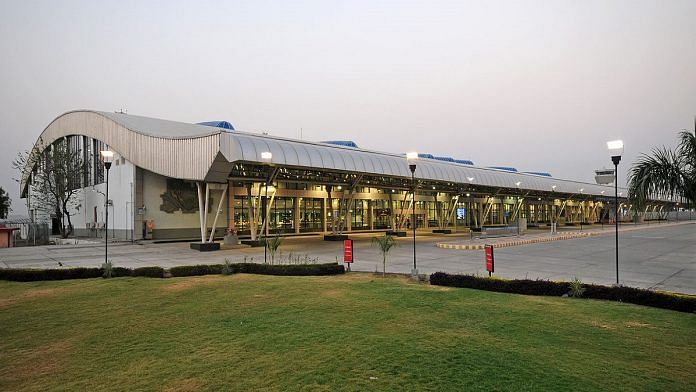‘First-of-its kind’ policy to allow public-private partnership model for construction of airports & helipads; aviation-related industries to be set up as well.
Mumbai: The Maharashtra government is planning to draft a comprehensive state civil aviation policy for the next 10 years to boost regional air connectivity, perhaps a first in the country.
As part of this, new airports and heliports will be built, aviation-related industries will be set up and the process of getting clearances in the sector will be expedited.
The Maharashtra Airport Development Corporation (MADC), a state government company that looks after development and management of regional airports in the state, is in the process of roping in a consultant with expertise in aviation and aerospace infrastructure. The consultant will be expected to draw up a vision plan for 2018-2027, an implementation plan and a civil aviation policy.
“There is a national aviation policy…it is the central government that is the decision maker for any proposal. As a result, what the state sees as a top priority may not necessarily be the highest priority of the Centre,” Suresh Kakani, managing director, MADC, told ThePrint.
“So, we decided to have a state-centric policy to take quick decisions for better regional connectivity, provide for investments and take advantage of the fast-growing aviation industry,” he said.
Maharashtra is perhaps the first state to develop such a comprehensive state civil aviation policy, Kakani added.
Salient features
Under the overall policy, there will be individual policies for the development of airport infrastructure on a public-private partnership model, for international charter and helicopter operations, for airport security, as well as for employment generation in the aviation industry.
The civil aviation policy will also have norms for development of maintenance, repair and overhaul (MRO) centres, aviation training institutes, ground handling and cargo. It will take into consideration other existing schemes such as the Centre’s Regional Connectivity Scheme, Maharashtra’s recently drafted policy for helipads, policies for sea planes, skill development, and ease-of-doing business, among others.
While drafting the civil aviation policy, the consultant will also be expected to develop a system for speedy approvals by various departments such as environment, coastal zone clearances, forest, defence, home, among others through a single-window system.
Attracting investors
The policy will also map marketing and publicity interventions needed to promote Maharashtra’s aviation industry.
“The first question that investors ask before deciding to set up industries is whether the place has an airport or is close to an airport,” Kakani said.
“Besides, a well-developed regional air connectivity through a web of airports and heliports will also improve the state’s emergency operations,” he added.
According to a report by the Centre for Asia Pacific Aviation (CAPA), the Indian aviation market will be the world’s third largest by 2027, generating about 2.6 million direct and indirect jobs.
Maharashtra currently has three international and 13 domestic airports, as per the state’s latest economic survey report. However, the passenger and cargo traffic handled at more than half of these airports such as Baramati, Kolhapur, Osmanabad and Yavatmal is meagre. The state’s three international airports — Mumbai, Pune and Nagpur — put together handled 54.4 crore passengers in 2016-17, as per data from the Airport Authority of India.
As part of the vision plan, the government will study the adequacy and efficacy of the existing airports given current and future air travel demands and infrastructure requirements, as well as study the state’s demography and develop short and long term forecasts for passenger and cargo traffic.
It will also formulate an economic model for the implementation of the vision plan by outlining the financial support needed, feasibility of receiving soft loans from global banks and so on. It will take about six months to draft the policy.




When the last Shiv Sena – BJP government was in power, it framed a policy in terms of which each of the state’s thirty odd districts would have an airport. May this new one be more cognizant of economic feasibility, succeed where the earlier failed to take off.